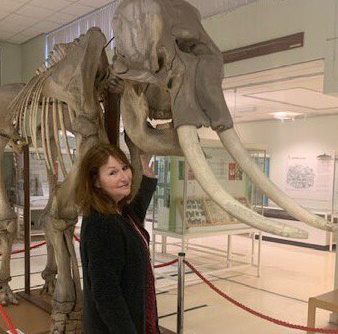The Museum was established in the early 20th century by Francis J. Cole, Professor of Zoology from 1907 to 1939. The Cole Museum of Zoology contains some 3500 specimens of which about 400 are on display at any one time. Specimens are arranged in taxonomic sequence enabling a complete tour of the diversity of the Animal Kingdom. Highlights of the collection include complete skeletons of a male Indian elephant, a false killer whale, a five metre reticulated python, and a pair of giant spider crabs. The collection was originally housed at the London Road campus until the early 1970’s, when it was transported to the Whiteknights campus. The Museum is maintained and managed by staff in the School of Biological Sciences. In 2021 it will move to a new location in the Health and Life Sciences Building on Whiteknights campus.
The Museum offers a small snapshot of the diversity of animal life, showing how animals evolve and adapt. Animals have varied shapes, forms and behaviour that are linked to the evolutionary processes that made them. They have to live with predation, parasitism and competition for food, mates and homes. These pressures, both minor and major, have shaped animal life.
